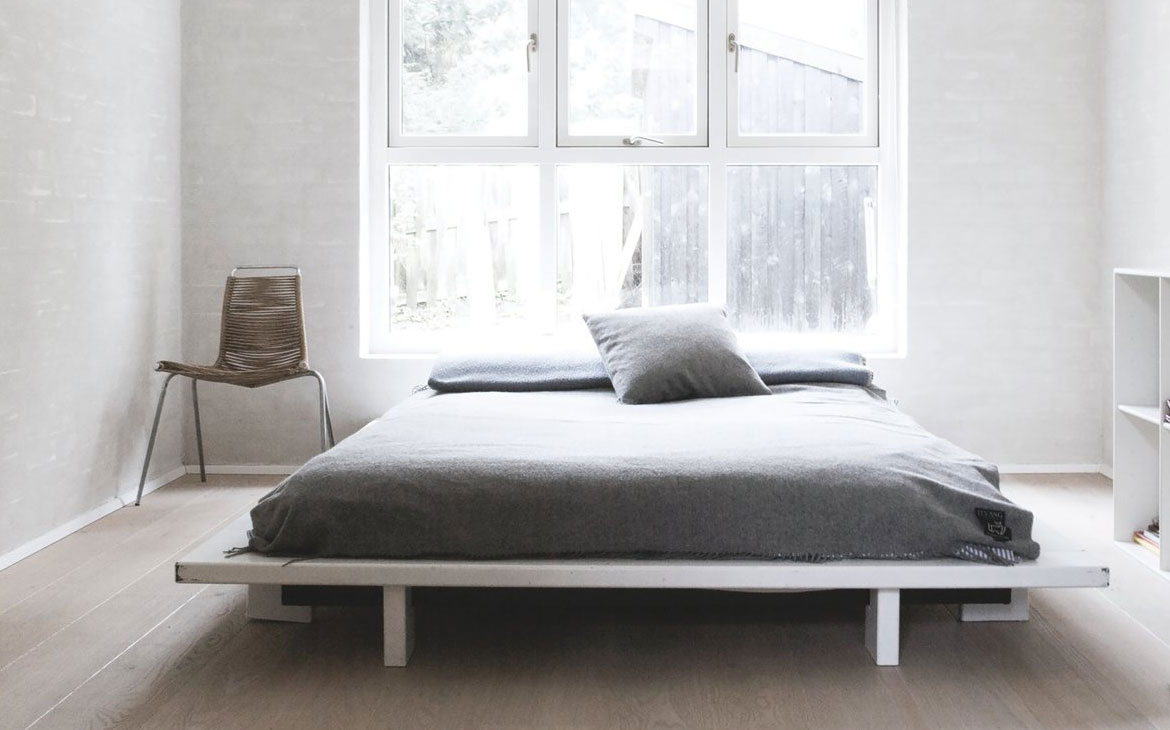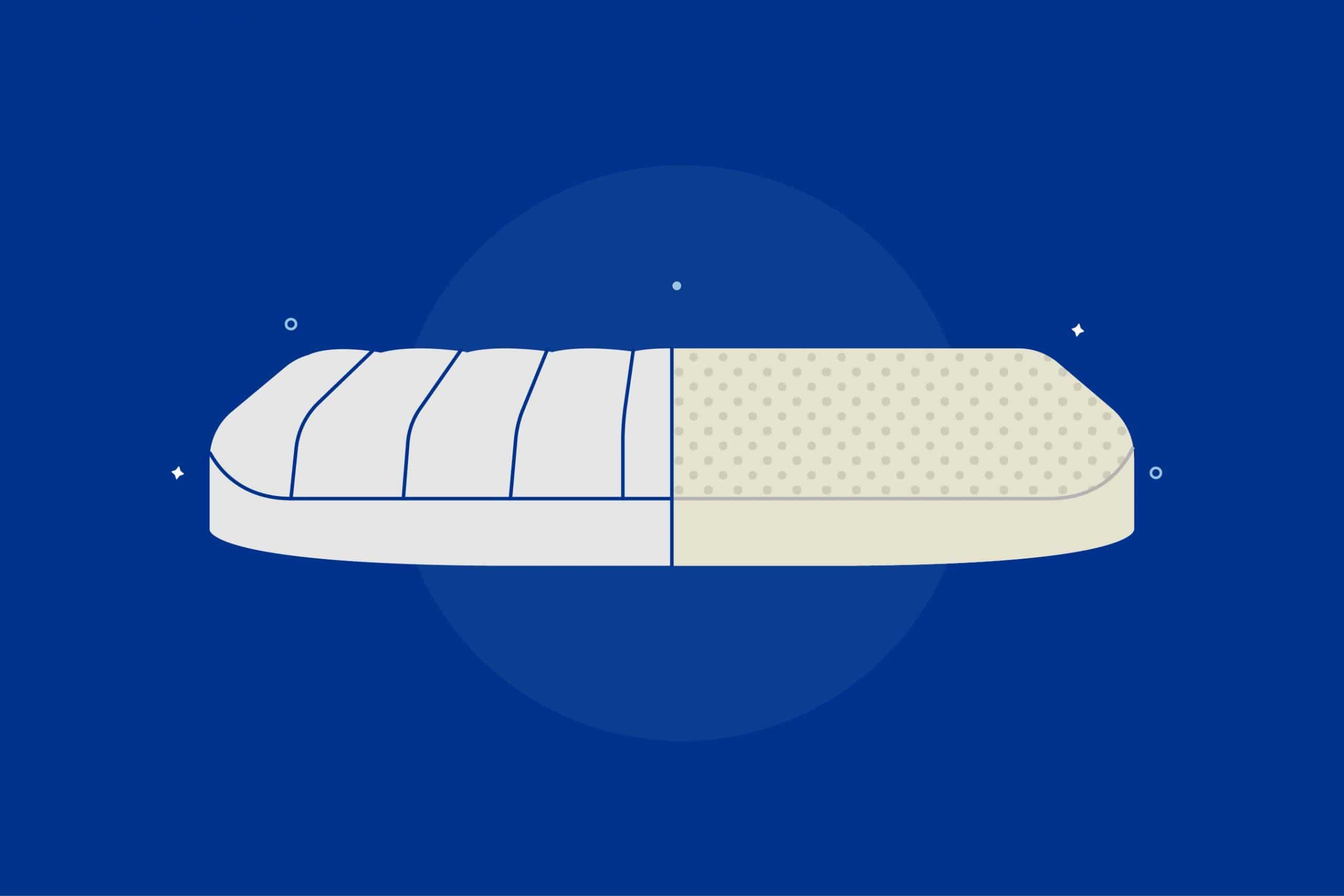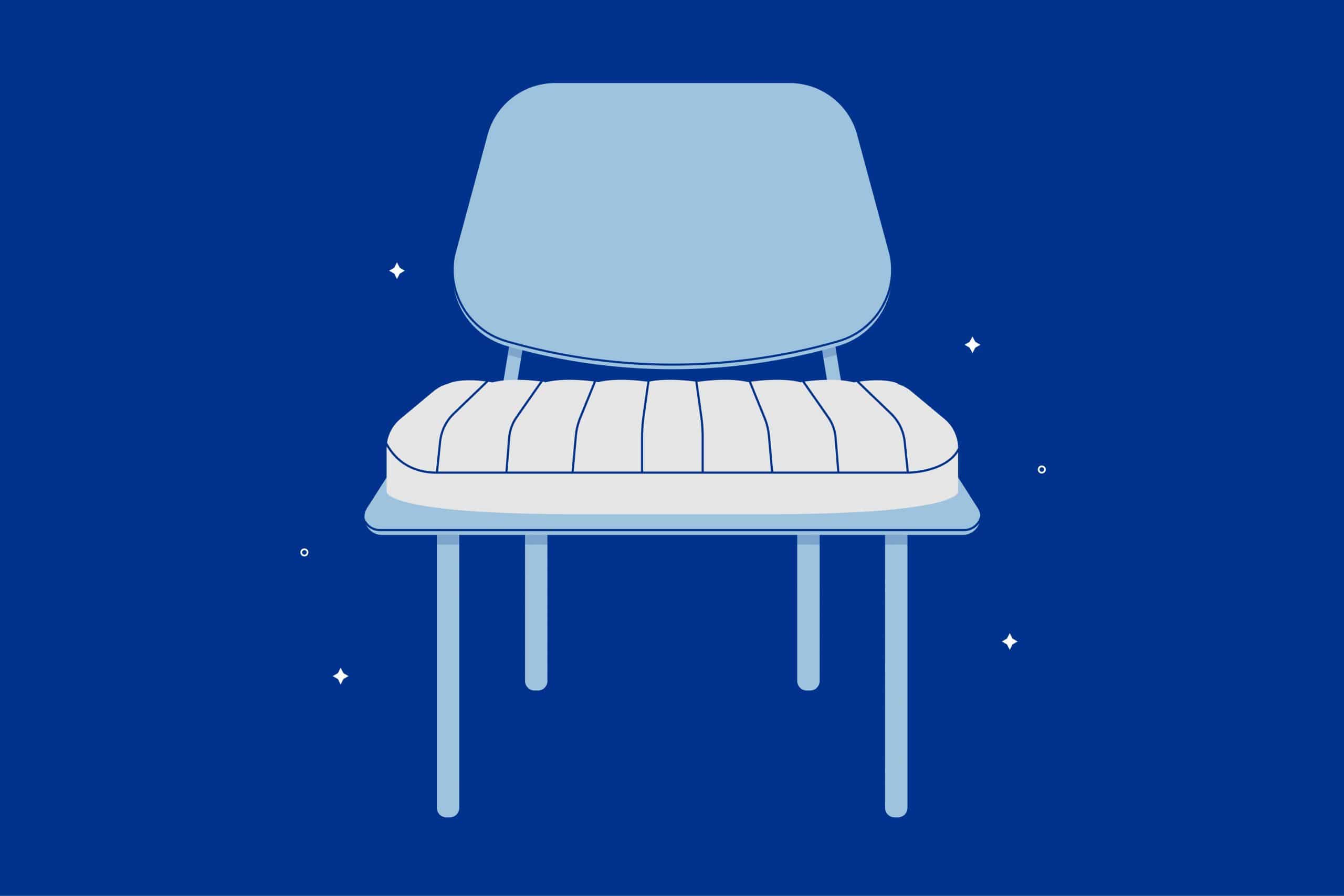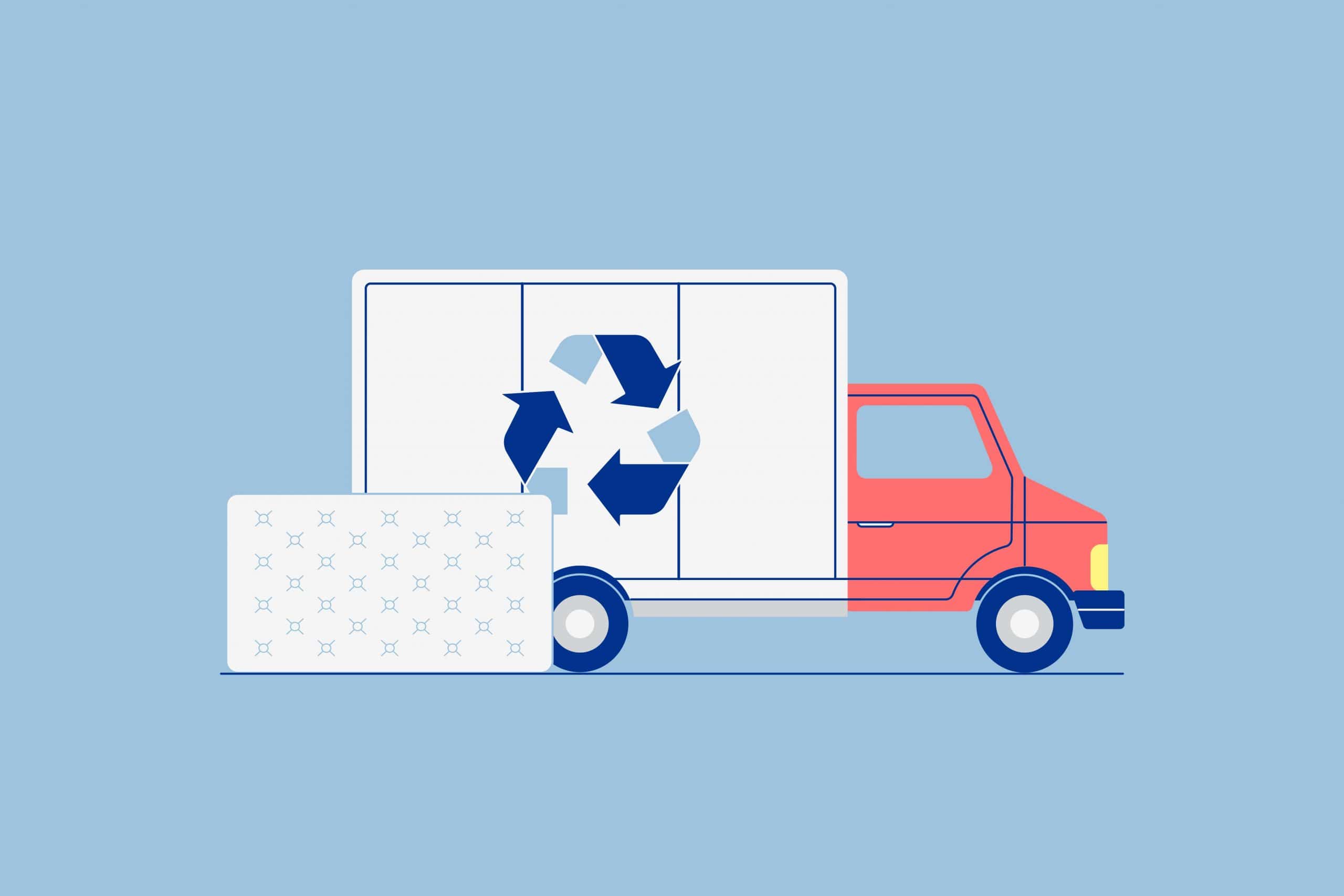Being a minimalist is one of the simplest ways to keep your carbon footprint—and your stress levels—low, right? After all, getting rid of items you no longer need helps you live lightly, and means less stuff to keep track of overall.
Well, not necessarily.
While living in a small space and streamlining your stuff might seem green, it only works if you aren’t continually buying new items and purging the old ones. Because often times, those goods you no longer need end up in a landfill.
In fact, the average American produces a shocking 130 pounds of trash each month, according to data from the Environmental Protection Agency. Verified Source Environmental Protection Agency (EPA) Works to control/prevent natural and manmade disasters. View source That’s a ginormous amount of garbage.
Buying + Trashing = More Trash.

We’re lucky enough to live in a time where quality is valued more than quantity. Rather than buy 10 cheap t-shirts made in a sweatshop, most people agree that it’s better to, say, spend more for just one or two higher quality tees that are made from greener materials, by people who are paid fairly.
Which, of course, is really good. Buying products from companies who treat their workers well is important. And so is choosing goods that aren’t produced using toxic chemicals that trash the environment.
It’s great, too, to spend more on goods that are designed to last for the long haul. But only if you actually use them for their entire lifespan—instead of tossing them when its time to make an upgrade.
In the name of keeping things simple and minimal, we get rid of the old towels or sheets that no longer serve us because we recently bought new ones that are nicer. Or we get serious about buying all-natural personal care products and toss the half-used bottles that contain questionable ingredients.
But the cycle of buying better goods and getting rid of the old ones in an effort to simplify often means more items in the landfill. Weirdly, living with less can sometimes mean producing more waste.
That’s what University of Binghamton anthropologist Josh Reno discovered while researching for his book, Waste Away: Working and Living with a North American Landfill. “Most of our waste ends up in landfills, despite how much we try to recycle and use alternatives,” Reno recently told The Atlantic.
How to Do Minimalism Right.
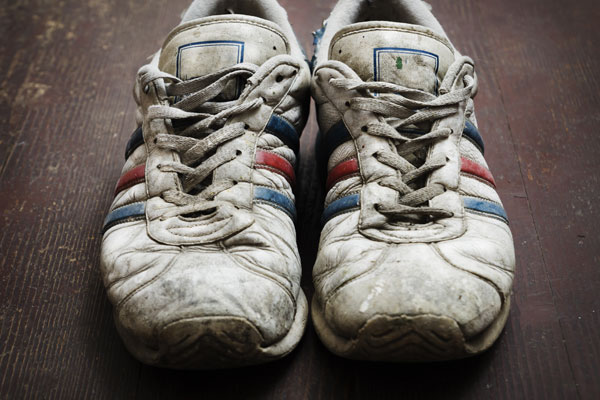
If you’re serious about living lightly, think about making some changes to the way you buy new goods and get rid of your old ones. Over time, these simple shifts can add up to a big difference.
Use things up before you replace them. Sure, it’s fun to upgrade to something new because you can. But if the item you’re replacing is still useful, getting rid of it is wasteful.
So wear your sneakers until the soles start to get thin, and consider having high-quality shoes and clothes repaired rather than replaced — it’s often cheap and quick to fix soles and tailor items at a local shops. Use up that bottle of conventional shampoo before springing for the organic one. Even if your old mattress needs replacing, your mattress foundation may still have lots of life left in it. Find ways to use the vegetables in your crisper drawer before heading to the market to restock. You get the picture.
When it comes to getting new stuff, think different. Remember, just because you need something doesn’t mean you have to buy it new. Can you pick up a set of glass containers at a secondhand store instead of buying a new set? Does a friend or relative with an older child have toys or clothes in decent shape that your baby or toddler could use now? Finding ways to repurpose used goods gives them a second life—and keeps them out of the landfill longer.
As for things that really ought to be bought new for sanitary and safety reasons—like mattresses, car seats, or car or bike tires? When it’s time to make a purchase, do your research. Make sure the item you’re about to bring home is something you really love, and that you’ll be happy to use for years to come.
Discard thoughtfully. When it’s time to get rid of something, don’t just toss it in the trash. Have a tag sale to find new homes for old furniture or appliances, or ask friends on social media if they know someone who wants your stuff. Charity thrift shops and shelters are also appreciative of lightly used items.
Of course, there are plenty of other eco-friendly options. Sell old clothes on resale sites. Donate old blankets and towels to animal shelters, who can use them to keep dogs and cats warm and comfortable. You can even donate your old car to charity so it can have a second (or third) life.
So go ahead and give responsible minimalism a try. You’ll lighten the load on your living space and on the planet. Which, together, just might help you sleep easier at night.
About the author
Marygrace Taylor is a health and wellness writer based in Philadelphia. She’s covered healthy sleep and sleep hygiene for Amerisleep and other outlets since 2014. She also writes about diet and nutrition, women’s health, and fitness for outlets like Healthline, Men’s Health, and Prevention.
View all posts